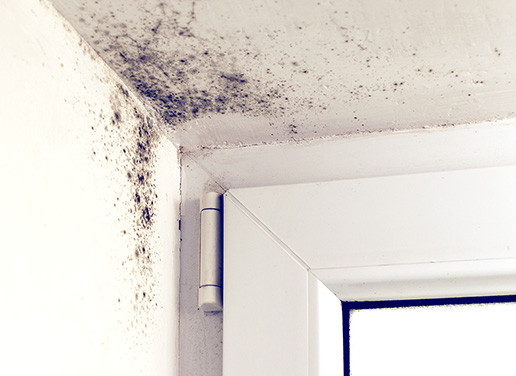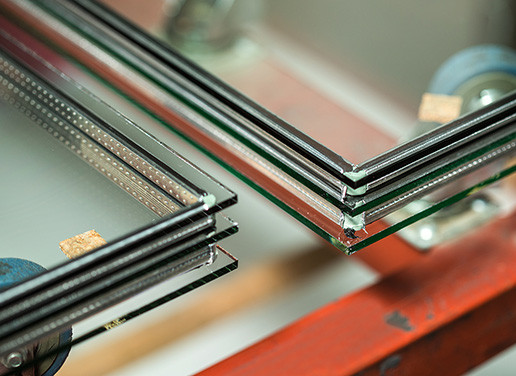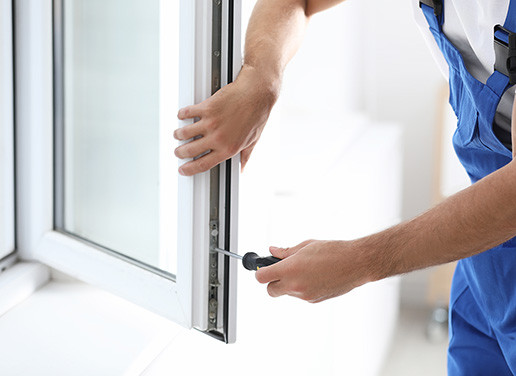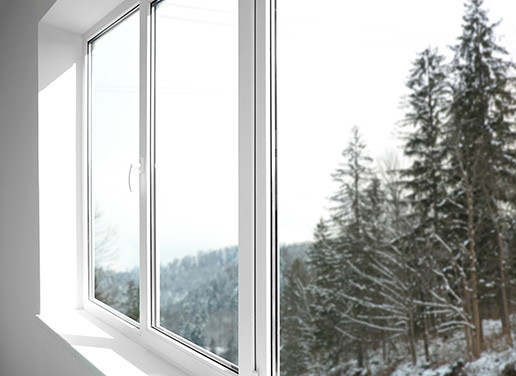Як доглядати за фурнітурою металопластикового вікна
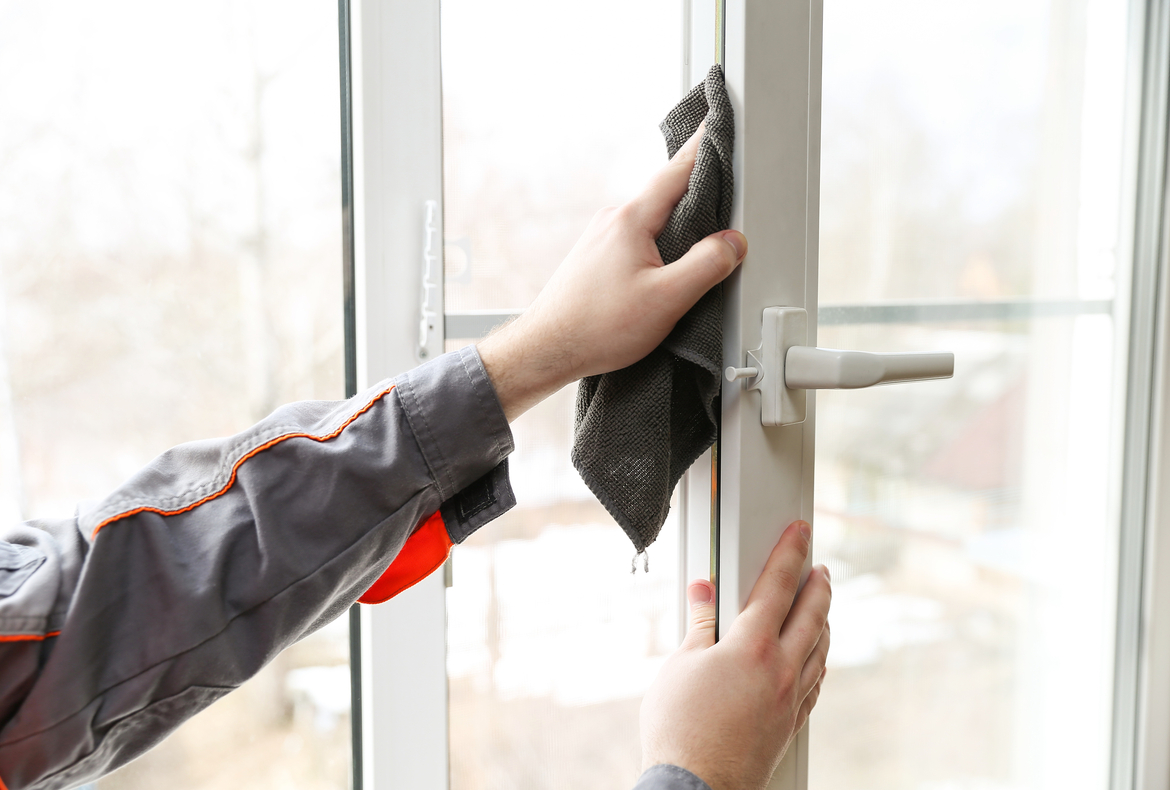
Один із ключових елементів металопластикового вікна – фурнітура. Фурнітурний механізм встановлюється на вікно при його збиранні та відповідає за:
- Фіксацію стулки в закритому положенні
- Притиск стулки до рами з певним (регульованим) зусиллям
- Відкривання вікна у поворотному та відкидному режимі
- Додаткові функції – мікрощілинну вентиляцію, ступеневе провітрювання тощо.
Таким чином, від фурнітури залежать практично всі властивості вікна – тепло- та звукоізоляція, комфорт у використанні, можливості керування мікрокліматом тощо.
Виробники віконних систем проектують їх з таким розрахунком, щоб фурнітура зберігала працездатність навіть за інтенсивної експлуатації в несприятливих умовах. Але це не означає, що за фурнітурою не потрібно доглядати. Навпаки — регулярний догляд дозволить підвищити комфорт під час експлуатації вікна та продовжить термін служби механізму.
Чому так важливо доглядати за фурнітурою?
Профілактика та періодичний догляд потрібні будь-якій системі – і фурнітура не буде винятком. Чому ж потрібно звертати увагу на догляд за фурнітурним механізмом пластикового вікна?
- Перша причина – пил. Навіть у тому випадку, коли стулка знаходиться у закритому положенні, пил може проникати всередину механізму та осідати на його поверхні. Мастило, призначене для захисту металу від корозії та зниження тертя, ускладнює проблему. Пил прилипає до шару мастила та швидко накопичується, формуючи щільне покриття.
- Друга причина – тертя. Навіть при ідеальному налаштуванні механізму частини, що труться, все одно присутні, і мастило вирішує проблему лише частково. Чим більший розмір стулки, чим більше пилу накопичується на деталях – тим сильнішим буде тертя. При збільшенні тертя зростає зусилля, що необхідне роботи фурнітурного механізму. Крім того, тертя сприяє швидкому «виробленню» мастила, після чого зношування металевих деталей багаторазово прискорюється.
Один із способів вирішення проблем — регулярне регулювання фурнітури: чим точніше буде налаштований механізм, тим менше пилу проникатиме всередину і тим меншим буде тертя. Але, як ми і зазначили вище, навіть при ідеальному налаштуванні всіх деталей повністю позбутися пилу і тертя не вдасться.

Очищення механізму від пилу та бруду
Чищення та змащування — дві основні процедури, які проводяться при догляді за металопластиковим вікном. Причому проводити їх треба лише разом. Якщо змастити фурнітуру, не видаливши пил та забруднення, то мастило швидко перетвориться на щільну субстанцію, яка лише завадить нормальній роботі механізму.
Тому починати догляд потрібно з очищення фурнітури:
- Стулку відкриваємо і очищуємо поверхні від пилу та сміття.
- Використовуючи щіточку, проводимо ретельне очищення механізму фурнітури.
- За допомогою зубочистки або ватної палички видаляємо пил із заглиблень або інших важкодоступних місць.
- Залишки забруднень прибираємо вологою серветкою, а потім протираємо фурнітуру досуха.
Порада! Проводьте чистку частіше — і тоді пил просто не накопичуватиметься. Тому чергова процедура займе у вас всього кілька хвилин.
Змащування: засоби та технологія
Для змащування фурнітури дуже важливо підібрати правильне мастило. Найкраще використовувати засіб для догляду за віконною фурнітурою, але підійде також мастило на силіконовій основі (рибальське, гігієнічне) або мінеральна олива з мінімумом домішок (ідеальний варіант — мастило для швейних машинок).
Не можна використовувати:
- Засоби, в яких є розчинники або абразиви
- Рослинне масло (воно швидко густішає)
- Вазелін
- Мастила на водній основі (висихають дуже швидко)
Якщо ви будете використовувати такі засоби, то ситуація лише погіршиться: фурнітура почне працювати з більшим зусиллям через появу густої кірки із суміші олії та пилу. Крім того є ризик розвитку корозії через руйнування захисного покриття на металі.
Процес змащування дуже простий:
- Спершу знімаємо декоративні накладки, якими закриті петлі. На кожну петлю наносимо по 1-2 краплини олії.
- Приблизно таку ж кількість мастила додаємо в отвори для змащування на фурнітурній обв'язці — вони зазвичай позначені значком маслянки.
- Щоб розподілити мастило за механізмом, кілька разів відкриваємо та закриваємо вікно.
- Рештки олії, що виступили, ретельно витираємо серветкою.
Якщо вікно відрегульовано правильно, а перед змащуванням ми ретельно видалили пил — то механізм фурнітури буде працювати плавно і безшумно.
Чи часто потрібно чистити та змащувати фурнітуру?
Частота догляду за фурнітурним механізмом залежить від цілого ряду умов. Зазвичай рекомендують проводити всі процедури не рідше двох разів на рік — восени та навесні. Цього достатньо, щоб протягом наступного сезону фурнітура працювала без нарікань.
Однак є ряд факторів, які впливають на частоту змащення та чищення. Доглядати за вікном потрібно частіше, якщо:
- У повітрі знаходиться велика кількість пилу (особливості клімату регіону, близько розташована автомагістраль або будівельний майданчик).
- Вікно доводиться регулювати частіше, ніж зазвичай (більше тертя — більше витрата мастила).
- На вікні встановлено великі важкі стулки.
У будь-якому випадку, якщо є ймовірність підвищеного тертя або накопичення великого об'єму пилу, зайве чищення з мастилом механізму не зашкодить.
Регулярний догляд за вікнами потребує зовсім небагато часу — і для його проведення не потрібні ані складні інструменти, ані дорогі матеріали. При цьому, регулярно доглядаючи фурнітуру, ви можете мінімум вдвічі продовжити термін її служби, а також підвищити комфорт при використанні всіх функцій вікна.
Замовити якісний професіональний монтаж металопластикових вікон можна за посиланням
